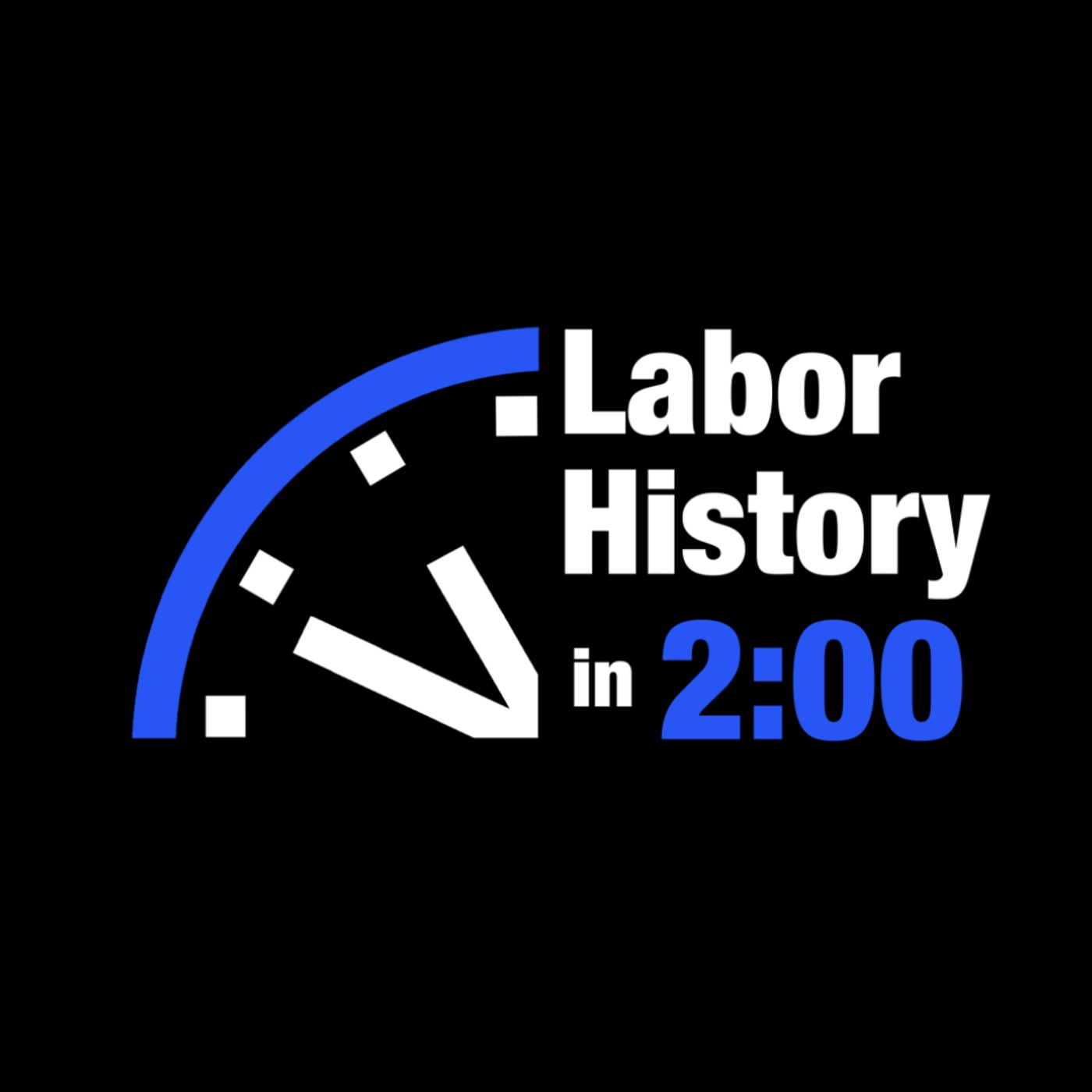Episodes

Monday Apr 12, 2021
April 12 - The Wagner Act Stands
Monday Apr 12, 2021
Monday Apr 12, 2021
On this day in labor history, the year was 1937.
That was the day the United States Supreme Court decided the case, National Labor Relations Board v. Jones & Laughlin Steel Corporation.
This case declared that the National Labor Relations Act of 1935 was constitutional.
Also known as the Wagner Act, it is a key statute that provides the legal basis for private sector workers to organize, collectively bargain and strike.
Jones & Laughlin Steel, the fourth largest steel producer in the country at the time, had fired several workers trying to organize with the Steel Workers Organizing Committee in Aliquippa, Pennsylvania in 1935.
The NLRB had originally ruled against the company and ordered the workers reinstated with full back pay.
But J&L refused, arguing that the Act was unconstitutional on the basis that the federal government did not have the right to regulate interstate commerce.
In a five to four decision, the US Supreme Court ruled that labor-management disputes did affect interstate commerce and thus, were subject to federal regulation.
Historian James Pope notes that the statute was upheld only after a “massive wave of worker militancy, punctuated by the spectacular six-week sit-down strike at General Motors’ plants in Flint Michigan, demonstrated what might have happened if the court decided the case differently.”
And in his book, The Last Great Strike: Little Steel, The CIO, and The Struggle for Labor Rights in New Deal America, legal scholar Ahmed White adds that “the case was decided only after two years of legal uncertainty… Before Jones & Laughlin was decided, CIO unions were already negotiating and signing collective bargaining agreements.”
Ruling the Wagner Act constitutional has nonetheless benefitted millions of workers for decades.


No comments yet. Be the first to say something!